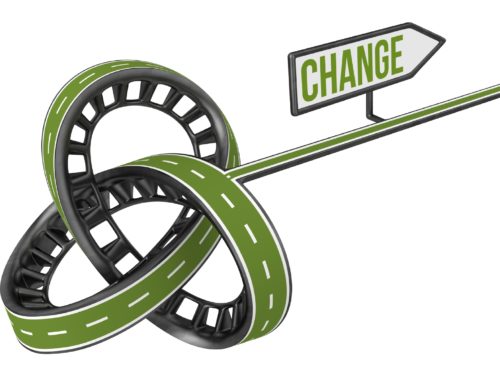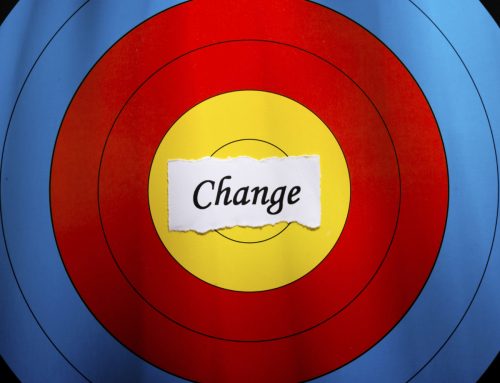The definition of insanity is doing the same thing over and over again while expecting different results. The old clichés really are the best aren’t they? Especially when applied to the annual ritual of establishing New Year’s resolutions.
It is time to stop setting New Year’s Resolutions and admit that we don’t really want to change.
We are culturally trained to make resolutions. The tradition dates back over 4,000 years to when the Babylonians made promises to the gods. Today, about 60 percent of us will at least occasionally set a New Year’s Resolution. We resolve to lose weight, quit smoking, get organized, and spend more time with family and friends. A few will vow to learn something new and live the life you have always wanted to live.
So why abandon this time-honored tradition?
Resolutions don’t work. The percentages who actually keep our resolutions mirror those of rating the U.S. Congress as either good or excellent – about 8 percent.
Setting a resolution is the intellectual acknowledgement that we need to do things different or better in our lives. It is the holiday brunch equivalent of admitting a weakness at your company’s last team building session. Admitting them doesn’t mean that we actually plan to do anything about them.
That is because knowing that you need to change is not the same as deciding to change. We get serious about change based on our readiness. Intellectual understanding is not the same as emotional readiness.
Don’t believe me? Do you know that you should eat healthier than you eat today? Do you know that you should exercise more than you exercise today? Have you set—or at least told others that you are setting—a resolution to address either of these issues in the past? Were you successful?
Most people rely on a crisis—not the calendar—to make real change. It doesn’t matter how many resolutions that you have set to lose weight in the past. The urgency of doing so increases exponentially when they wheel you into the operating room to insert a stint for your heart. If your crisis corresponds with the start of the New Year, a change in the form of a resolution might work for you.
Abandoning New Year’s resolutions doesn’t mean that we shouldn’t use the holidays as a time of reflection and planning. The days leading up to New Year’s Day are often slower from a business perspective, and most of us never take enough time to think. We just need to more effectively channel it. And, no one really wants to be the person at the New Year’s Day brunch who says “I don’t intend to work on anything next year.”
Replace your resolutions with investing time to identify compelling opportunities. Remember: opportunity pulls us to change.
Imagine that a three-year old walks into your kitchen and spies the ultimate prize on top of your refrigerator. It is a jar of Double Stuff Oreo cookies.
A child with the compelling vision of cookies will try everything to bridge the gap between their current reality and their desired future. He does not have to be told to think outside the box. She doesn’t need motivation to try new ideas if the first plan isn’t successful.
Most children do not display the same sense of urgency and commitment if the Oreos are replaced with Brussels Sprouts.
So what is on top of your refrigerator for the coming year? Is it cookies, or is it Brussels Sprouts?
The most productive use of your reflection and planning time is identifying your cookies. The “resolutions for a new year” thought process makes a great headline. It is a potentially limiting way to lead your life.
Make your vision so clear and important that you will gladly do the hard work to achieve the payoff. Establish measureable milestones and plan your celebration for achieving them. Create a plan that both stretches you out of your comfort zone and recognizes the multiple responsibilities in your life. Just don’t call it a resolution. That doesn’t work.





